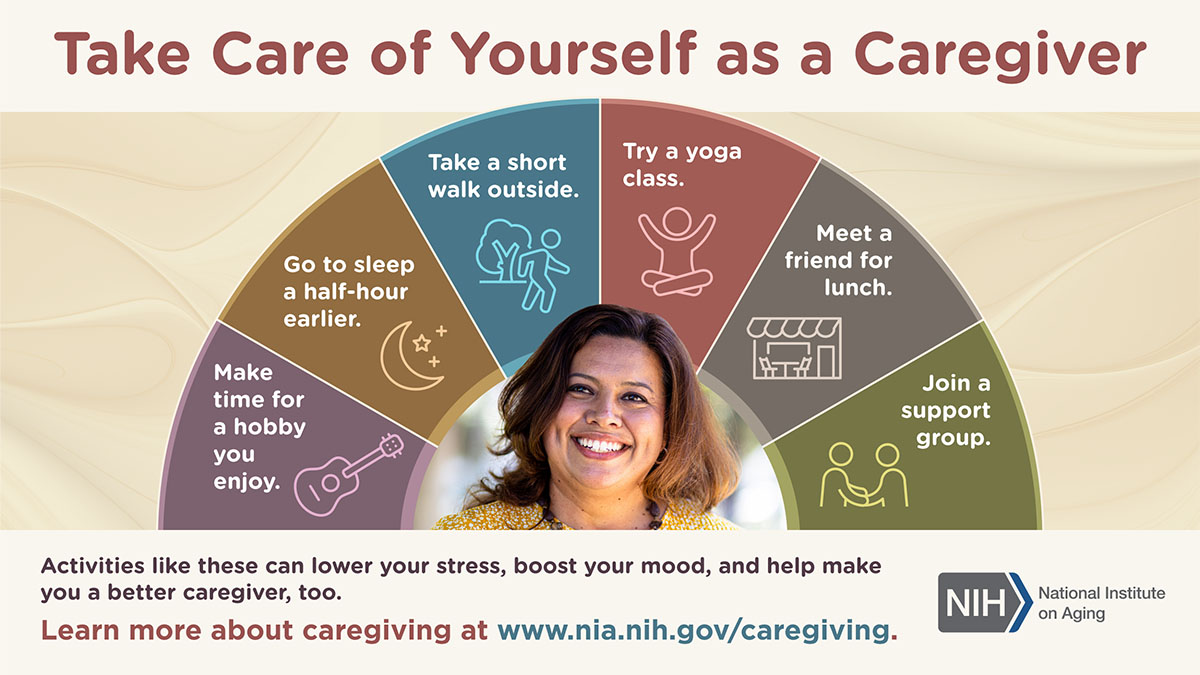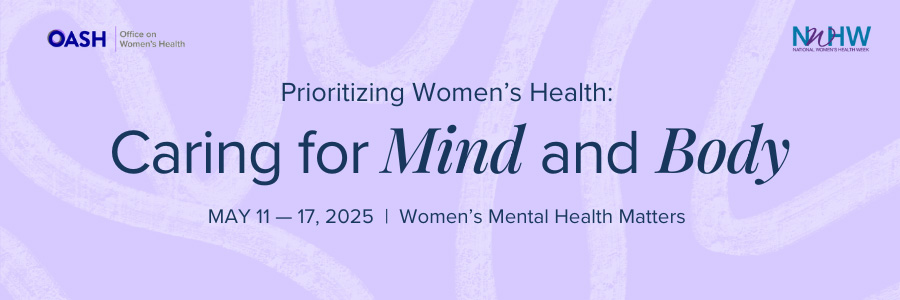
Women who are struggling or having thoughts of suicide should call or text the 988 Suicide & Crisis Lifeline at 988 or chat at 988lifeline.org. This service is confidential, free, and available 24 hours a day, 7 days a week. In life-threatening situations, call 911.
Women's mental health naturally evolves over time and is a vital part of overall well-being. Many women face challenges such as depression, anxiety, and post-traumatic stress disorder (PTSD). It's important to recognize these struggles and understand that support is available. Women don't have to face these challenges alone.
Women are more likely than men to experience conditions such as depression, anxiety, and PTSD.
Hormonal changes during puberty, pregnancy, after childbirth, and menopause can all affect mental health. Understanding these natural changes can help women find the care and support they need. By focusing on their mental health, reaching out for support when needed, and talking openly with others, women can navigate these challenges more effectively and feel better supported.
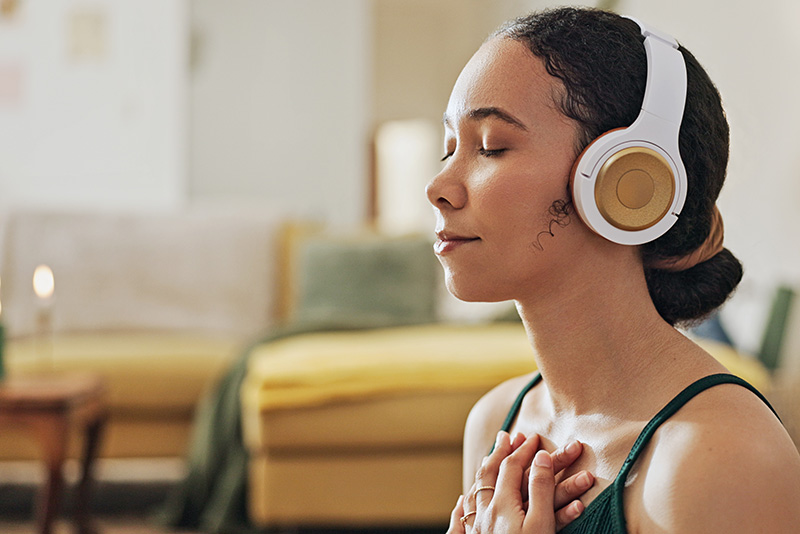
Common symptoms for women with depression include sadness, tiredness, and feelings of worthlessness.
Women are more likely than men to experience anxiety together with depression, physical symptoms such as aches and pains, and changes in mood with the seasons.
Women are more likely to be affected by certain risk factors for mental health conditions than men, including experiencing poverty, surviving violence, dealing with stress at home, and being a caregiver.
 What's the difference between cognitive health and mental health? Cognitive health refers to the brain’s ability to think, learn, and remember. Mental health includes emotional and psychological well-being.
What's the difference between cognitive health and mental health? Cognitive health refers to the brain’s ability to think, learn, and remember. Mental health includes emotional and psychological well-being.
Common Mental Health Symptoms in Women
If any of these symptoms appear, talk with a health care provider about treatment options:
- Feeling sad or hopeless often
- Mood, energy, or appetite changes
- Trouble sleeping or sleeping too much
- Low energy or tiredness
- Worrying too much or feeling fearful
- Anger or irritability
- Headaches, body aches, or stomach problems
- Using alcohol or other drugs to cope
- Distancing from friends or family members
- Thoughts of death or self-harm
Treatment and Relief
Health care providers can connect women with mental health professionals, including therapists and psychiatrists.
Treatment options—such as therapy, medication, or a combination of both—can help women feel better.
Women who are struggling with mental health can visit https://www.samhsa.gov/find-help to connect with free, confidential support and resources.
There are also daily tips women can follow to support their mental health. However, it's important to remember that everyone's journey is unique and challenges may persist. Explore these tips below.
Everyday Tips to Support Mental Health
Learn more about mental health and how to find support in this video from the NIH National Institute of Mental Health:
For Midlife and Older Women
Social media can also benefit women in midlife and beyond. For women ages 40 to 70, social media can:
- Help them feel connected to friends and family
- Provide helpful news and health information
- Reduce feelings of stress, sadness, and isolation
However, there are potential downsides. For some women between the ages of 40 and 70, social media use can:
- Lead to feelings of loneliness
- Increase negative body image thoughts
- Make them feel left out or disconnected from real-life relationships
Women of all ages should take time to reflect on how social media affects their moods and self-esteem.
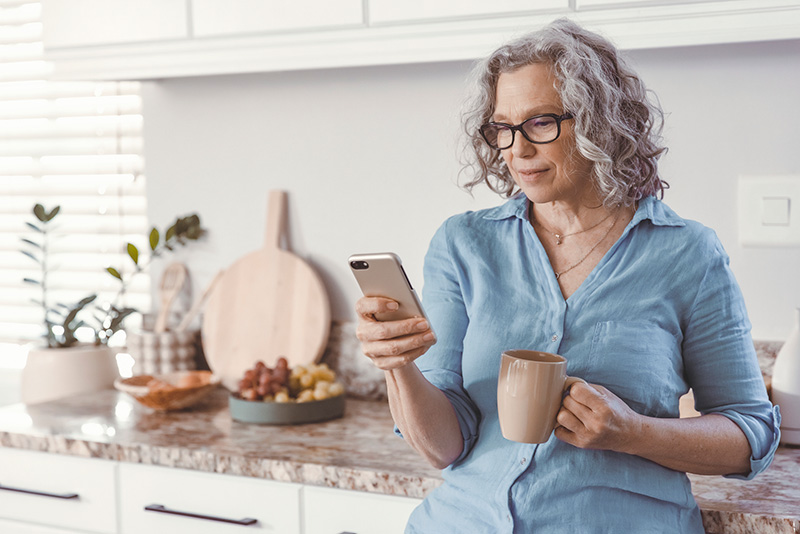
Healthy Social Media Habits
There are healthy habits women can practice when using social media to get the most benefit:
- Limiting their time on social media apps: Women can set time limits on their phones
- Turning off notifications to stay focused
- Following accounts that make them feel good and supported
- Unfollowing accounts that make them feel bad about themselves
- Using app settings to block accounts, words, or phrases to limit harmful content
- Sharing and liking positive posts about things such as gratitude, joy, and celebration
- Remembering that what people post is only part of the story; most people share only the good moments
- Reporting posts that are harmful, bullying, or worrisome
Social media should make women feel more connected, not worse about themselves. Even when they make small changes in how they use it, they can help protect their mental health.
Learn more about healthy social media habits from the National Institutes of Health's NIH News in Health.
Caregiving and Mental Health
A caregiver is someone who supports another person, such as an older adult, spouse, or child. Most caregivers are women, and some women even find themselves caring for young children and aging parents at the same time.
Caregiving can be rewarding, and many caregivers feel proud to support the people they love. However, it can also be stressful. Many caregivers are unpaid and must balance caregiving with jobs, family life, and other responsibilities. As a result, caregivers are more likely to experience depression, including symptoms such as:
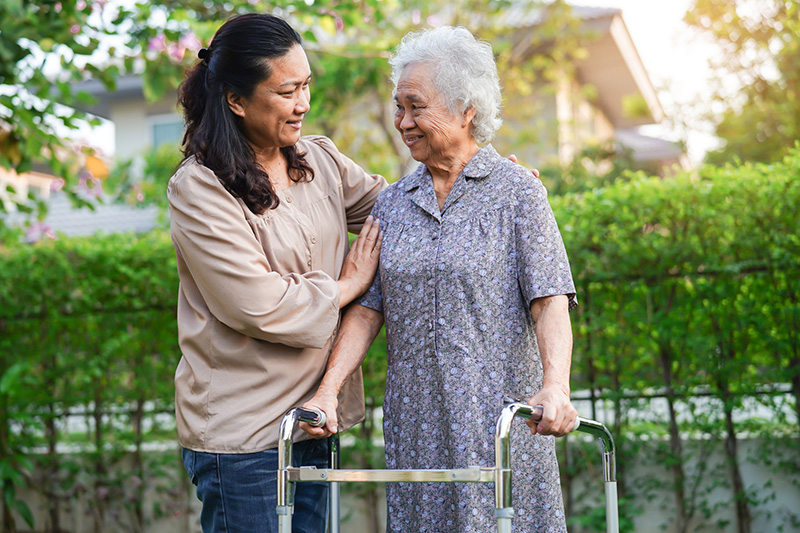
- Isolation
- Trouble sleeping
- Irritability
- Feelings of sadness
Over time, high stress from caregiving can also contribute to health problems, including obesity, chronic diseases, and a weakened immune system.
When caregivers take care of themselves, they are better able to take care of others.
Tips for Caregivers
To protect their mental and physical health while caring for others, women should:
- Set boundaries and make time for themselves
- Build a support network of family members, friends, and other caregivers
- Stay physically active and maintain a balanced diet
- Take care of their own mental and physical health by seeing a mental health professional and/or another health care providers
- Ask for and accept help when needed
Check out the National Institute on Aging's Caregiving Toolkit, which features videos and other resources to support caregivers in their roles.
Resources to Learn More
- Tips for Talking With a Health Care Provider About Your Mental Health — National Institute of Mental Health (NIMH)
- Caring for Your Mental Health — National Institute of Mental Health (NIMH)
- Family Media Plan — American Academy of Pediatrics (AAP)
- Center of Excellence on Social Media and Youth Mental Health — American Academy of Pediatrics (AAP)
- Taking Care of Yourself: Tips for Caregivers — National Institute on Aging (NIA)
- Wellness Resources and Strategies — National Alliance on Mental Illness (NAMI)
- Emotional Wellness Toolkit — National Institutes of Health (NIH)




